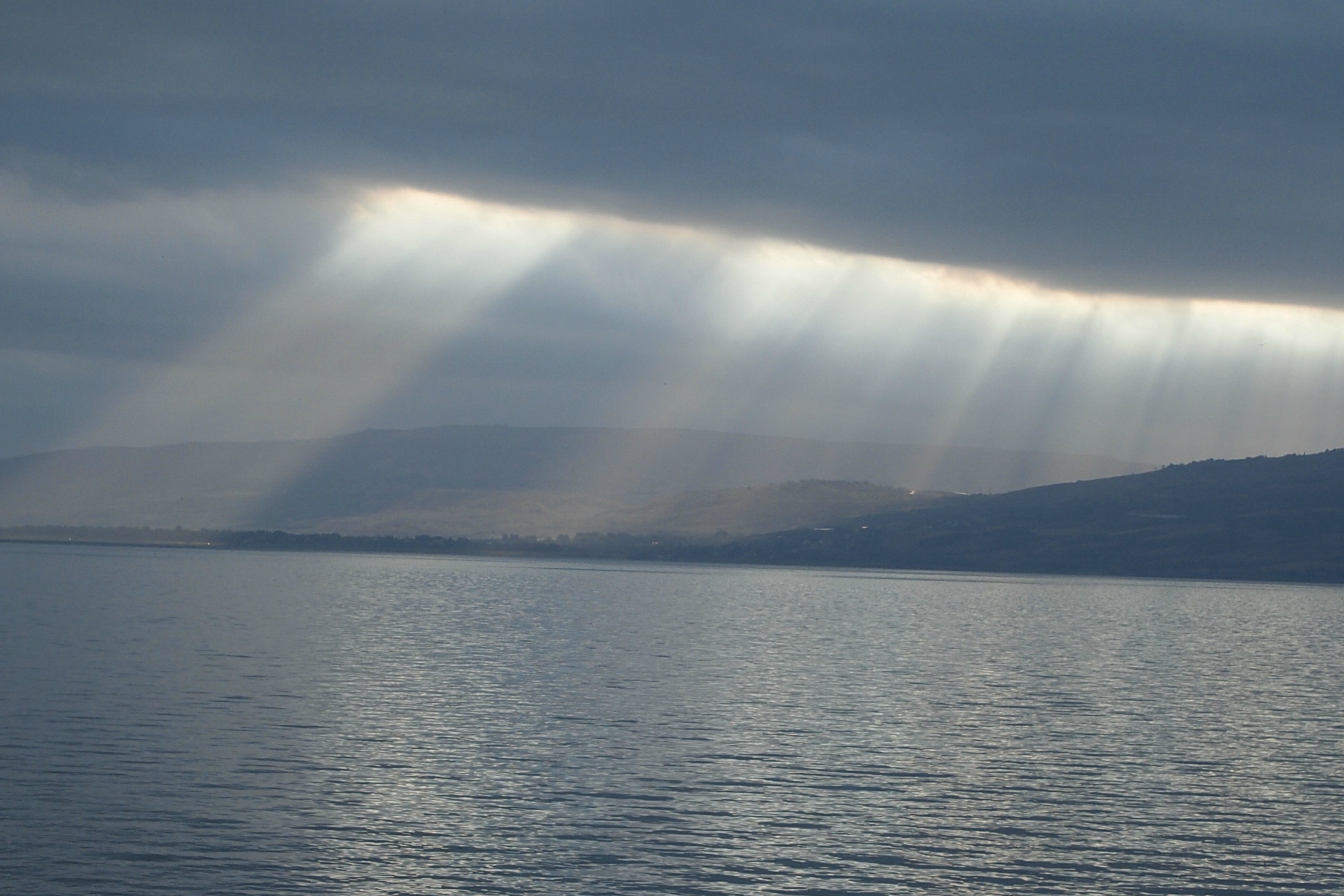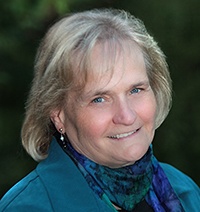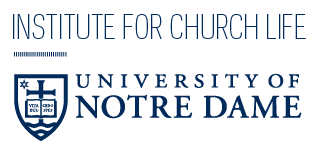Late have I loved you, O Beauty ever ancient, ever new, late have I loved you! You were within me, but I was outside, and it was there that I searched for you. . . . You were with me, but I was not with you. Created things kept me from you; yet if they had not been in you they would not have been at all. You called, you shouted, and you broke through my deafness. You flashed, you shone, and you dispelled my blindness. (Augustine, Confessions X: XXVII)
As I sat on the bus, the sunshine of the morning sky flickered through the windows. We wound up and up through the hills toward the Golan Heights in upper Galilee. As we bounced and jostled, I realized how deeply early sandbox experiences of the warmth of the sun have impacted my image of God. I also wondered, as we drove north from Nazareth, how the radiance of the sunshine and the tenderness of the early morning breezes impacted Jesus’ youngest images of God his Father. Jesus chose to “come away” to the grandeur of Mount Hermon. Jesus rested by the Sea of Galilee that shimmers in the midday sun. Jesus climbed Mount Tabor that radiates with light. Jesus prayed on the Mount of Olives, where the clouds and the sky gleam with vibrant color. What stands out in my memory from my recent trip to the Holy Land is the land’s brilliance. The Word became flesh in a place of luminous beauty.
At the same time, teenage soldiers carrying machine guns on every modern-day Jerusalem street corner highlight the tensions between Palestinians and Israelis. The impoverishment of the infrastructure in the West Bank cries out with its injustice. Jesus also came into a cacophony of conflict. Jesus came into a world where the Roman victors had power over the inhabitants of the land. Jesus came into a culture that marginalized those from the edges. The Word became flesh in a place of darkened discord.
The eternal Logos incarnated into the everyday life of the countryside of Israel. He didn’t become a man. He became this man, Jesus of Nazareth. He didn’t come to a place. He came to this place, Israel. What most struck me about this first visit to Jesus’ place of birth was not how magical it was, but how very commonplace. The God of Grandeur freely chose to come among us in a limited and narrowed way.
We also come into our unique place in history. We are born in a particular body within a family in a specific location. Our imitation of Christ is not simply a replication of his moral virtues. We are called to imitate him in his incarnation. As we embrace this finitude, this becomes our way of life, a spirituality of solidarity with the incarnated God.
As preachers, our effectiveness arises from this fount of our own spiritual life. What we choose to preach and what we choose to teach reveals much about us. We focus on certain topics. We fashion the words of a homily or reflection in a characteristic way. Particular Scripture passages jump out at us. This selection of topics and words reveals the lens through which we as preachers see the world. Our lens also shapes the faith lenses of our communities. In the balance, which weighs more heavily: the darkness or the light?
Preaching the Mystery of Faith (USCCB, 2012) suggests, “Ultimately the Lord’s Paschal Mystery becomes the basis of all preaching” (9). Within the Paschal Mystery are the elements of both death and resurrection. Within the Paschal Mystery is also the Agent of Transformation, the Trinitarian One who has chosen to embrace the darkness and bring it to the Light. To name all three elements—death, resurrection, and Agent—is to preach the Paschal Mystery. All three elements arise in boundless variety—Jesus converts misery into joy, the Holy Spirit transforms gloom into hope, and the Father changes emptiness into purpose. The transformation of the Paschal Mystery is the core of the spirituality of preaching.
Yet how do we preach hope in the despair of mass shootings? How do we preach peace amid polarization? How do we preach beauty in a place of pain?
Human inclination leans toward the negative. The media bombards us with shadows that beg for light. The artwork in the Vatican Museum paints the crucifixion meticulously. The pain and despair, the hopelessness and the sin of the human race can smack us in the face. Jesus dealt with that finitude all the time. He came into it. He embraced it. He named it. That is the solidarity of the Incarnation.
At the same time, we know that Jesus experienced the joys and delights of ordinary human life, too. He celebrated a wedding. He shared a meal with friends. He sat by the seaside cooking fish over a charcoal fire in the early morning sunshine. He came into it. He embraced it. He named it. That also is the solidarity of the Incarnation.
That solidarity is to be our spiritual way of life also. But what does it mean to name the Incarnation? You and I are called to speak in our place, to our people, of this God who dwells among us. Yet God is already preaching. As for Augustine, the Creator shouts to break through our deafness. The Ancient One flashes to dispel our blindness. Our people implicitly hear that Call. The smell of rain after a drought; the feel of a newborn granddaughter’s fingers after a month in an incubator; the sight of a dandelion flower breaking through the crack of a barren sidewalk—through all the senses, in concrete and simple ways, the Paschal Mystery comes. We, as preachers, explicitly name those simple ways, crying out, “Look! God is here!”
In these summer months, the Creator preaches through the warmth of the sun, the brilliance of water, and the softness of the early morning breezes. This is the time for us to use strong verbs that shimmer and glow and radiate with the Light. At this point in history, our people hunger for homilies of hope.
The One who is Beauty, ever ancient, ever new, is not silent. The created world is shot through with the grandeur of God. We fill up with that Glory. When that happens, how can we hold that warmth in? With fire in our bones, we have to preach it too.
![]()
Featured Photo: Sea of Galilee, Loreth ni Balor, CC-BY-NC-ND-2.0.



